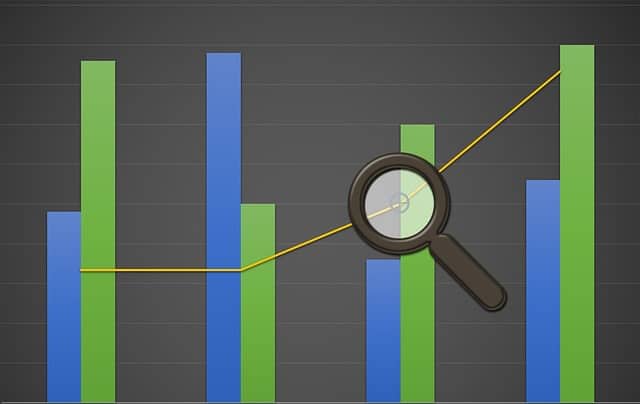Rostow’s model of Economic growth is one of the historical models that were published by the American Economist named Walt Whitman Rostow in 1960. The model describes the five stages of the growth of the economy in five stages of different lengths. It is one of the most structuralized models of economic growth when compared to the Backwardness model that was invented by Alexander Gerschenkron.
In this mode, Rostow showed that the take-off of the economy must be led by some of the individual economic sectors. This model firmly supports the comparative advantage thesis of David Ricardo and criticizes the push for the self-reliance economy. Rostow’s model becomes one of the most vital concepts in the theory of modernization in social evolutionism.
According to this model, each stage describes the function of productivity, technological improvements, exchange of economy, and income. The growth of the economy happens when a country moves from one stage to another.
Rostow’s Model of Economic Growth
Walt Whitman Rostow took a historical step in proposing that the developed countries tend to pass through the 5 stages to reach the present degree of economic development. In addition to the 5 stages described by Rostow in 1960, he later added a sixth stage of Search for Quality in 1971. The five stages of the model are as follows.
- The Traditional Society: This economy is mainly based on agriculture like subsistence farming. A little portion of this farming is also traded. There is a very low productivity of the labor due to a limited amount of capital stock. This results in the little output of the surplus that is left to sell in the international and domestic markets. This type of society is one of the most primitive and simplest forms of social organization and s based on Pre-Newtonian science and technology.
- Preconditions for the Take-Off: In this phase, agriculture becomes more mechanized and as a result, more output can be traded. There is a small percentage of sources of national income due to investment and savings growth. Some external elements like remittance income or overseas aid are required from the migrant workers living overseas. In this stage, progressive aspects enter into the primitive members of society.
- Take-Off Stage: During this period, manufacturing industries received greater importance although their numbers are quite a few. There was the development of social and political institutions with the help of some external finance. There was almost 15% of GDP investment and savings growth in this economic phase. Most of the people are engaged in the farming sector, but there was the growth of curiosity in other sectors as well. This is also known as the Dual Economy due to increasing productivity and wealth in the manufacturing-related industries and other segments. This stage marks the transition from a backward society to a new modern one.
- Drive to Maturity: In this phase, the industry becomes more prominent and diverse. Growth is slowly spreading to different parts of the country with the improvement in technology. Moreover, the economy slowly moves from being dependent on the input factors for growth towards improved use of the technology to increase the per capita income. Various industries like iron and steel, heavy engineering, agricultural implements, automobiles, and chemicals take the front seat of economic growth.
- Mass consumption age: In this time, there is a rapid growth in the output levels, thus enabling an increase in consumer expenditure. A shift towards activity in the tertiary sector and the growth is sustained due to the expansion of the middle-class customers. The economy allocates increased resources to security and social welfare. In other words, this stage can be defined as the phase of the shift in emphasis from the production problems to the consumption solutions.

Criticism of the Rostow Model of Economic Growth
Rostow’s growth model has received several criticisms by various other researchers as follows.
- There is an overlap of the Rostow’s model with the Harrod Domar model. Stages 2 and 3 need enhancement in investment and saving. While stage 4 requires improvement in the technology that will decrease the ratio of capital and output.
- Stages 2 and 3 require investment and savings but most of the households may not have the necessary funds to invest. The banking channel is inadequate between the firms and the savers. The productivity of the projects from individual investments may be dependent upon the complementary infrastructure investment.
- Fe Sub Saharan African countries have received a significant amount of external finance but are very slow to show any results and generate growth. The countries might be stuck in stages 1 or 2.
- Loans from the developed countries may appear as external finance, but the interest charges that are incurred on them might be a drag on economic growth.
- Simon Kuznets is another researcher who criticizes Rostow’s model. He stated that several countries have reached the status of full development without experiencing any significant improvement in their rate of savings
- The theory does not support exceptions like
-
- In the USSR there is a falling output under the regime of the communists
- The development advances in Zimbabwe has reversed in the falling and corrupt government
- The growth rate of the country does not solely lie on the increasing globalization
- International protectionism and competition might prevent an economy from moving up to the later phases.
Rostow had supported his theory of economic growth as an option to Marx’s Theory. Moreover, Rostow has described his theory as the non-communist manifesto. Rostow’s Model of Economic Growth was based on the theory of evolution and continuity of society. This model does not treat each separate stage differently from every other stage. Rostow interpreted the behavior of the human as a balancing act alternative and conflict among the human objectives.